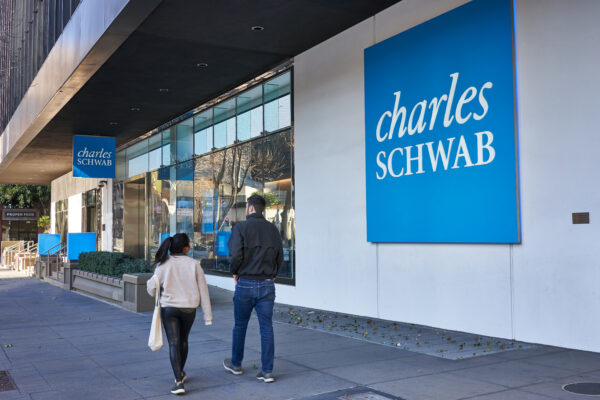Walmart Dividend History Compared to Recent Growth
Walmart (NYSE: WMT) just reported earnings and its board of directors announced another dividend increase. The company will now pay $2.16 per share, up from $2.12. That’s below a 2% bump and it barely keeps up with inflation. So today, let’s take a look at how it compares with the company’s dividend history.
Walmart Business Overview and Highlights
Walmart is a $339 billion business. The company is based in Arkansas and it has 2.2 million workers around the world. Last year, Walmart pulled in $524 billion in sales, which works out to $234,000 per employee.
The company is a household name and maintains a solid credit rating (AA) from the S&P. This allows Walmart to issue cheap debt to grow its business and finance other initiatives.
One area the company has expanded in is online sales. It acquired Jet for $3.3 billion in 2016. This is helping Walmart fend off Amazon and other online retailers. As Walmart adapts, it will continue to have healthy cash flow to reward shareholders.
Walmart Dividend History
The company paid investors $1.21 per share a decade ago. Over the last 10 years, the dividend has climbed to $2.12 (recent announced bump to $2.16). That’s a 75% increase and you can see the annual changes below…

The compound annual growth rate is 5.8% over 10 years… but over the last year, the dividend climbed 1.9%. The slowdown in dividend growth isn’t a great sign. Although, Walmart still might be a good income investment. Let’s take a look at the yield…
Dividend Yield vs. 10-Year Average
Walmart has a long history of paying dividends. It’s raised its dividend for 47 consecutive years. This makes it one of the best dividend stocks around. Also, this makes the dividend yield a great indicator of value. A higher yield is generally better for buyers. Sustainability is also vital, and we’ll look at that soon.
The dividend yield comes in at 1.81% and that’s well below the 10-year average of 2.45%. The chart below shows the dividend yield over the last 10 years…

The lower yield shows that investors have bid up the company’s market value. They might be expecting higher growth and payouts. But more often than not, the dividend yield is mean reverting with share price changes.
Improved Dividend Safety Check
Many investors look at the payout ratio to determine dividend safety. They look at the dividend per share divided by the net income per share. So a payout ratio of 60% would mean that for every $1 Walmart earns, it pays investors $0.60.
The payout ratio is a good indicator of dividend safety… but accountants manipulate net income. They adjust for goodwill and other noncash items. A better metric is free cash flow.
Here’s Walmart’s payout ratio based on free cash flow over the last 10 years…

The ratio is volatile over the last 10 years but it comes in below 50% for the majority of the time. The last year shows a payout ratio of 41.5%. This gives plenty of wiggle room for Walmart’s board of directors to raise the dividend.
The recent dividend growth isn’t too exciting, but the board of directors is playing it safe. It hopes to continue adding to Walmart’s dividend history for many years to come.
To find out more about top dividend-paying stocks, check out our article on 20 Consumer Staples Stocks. You can also sign up for our free e-letter below. It’s packed with investing insight from market experts.





